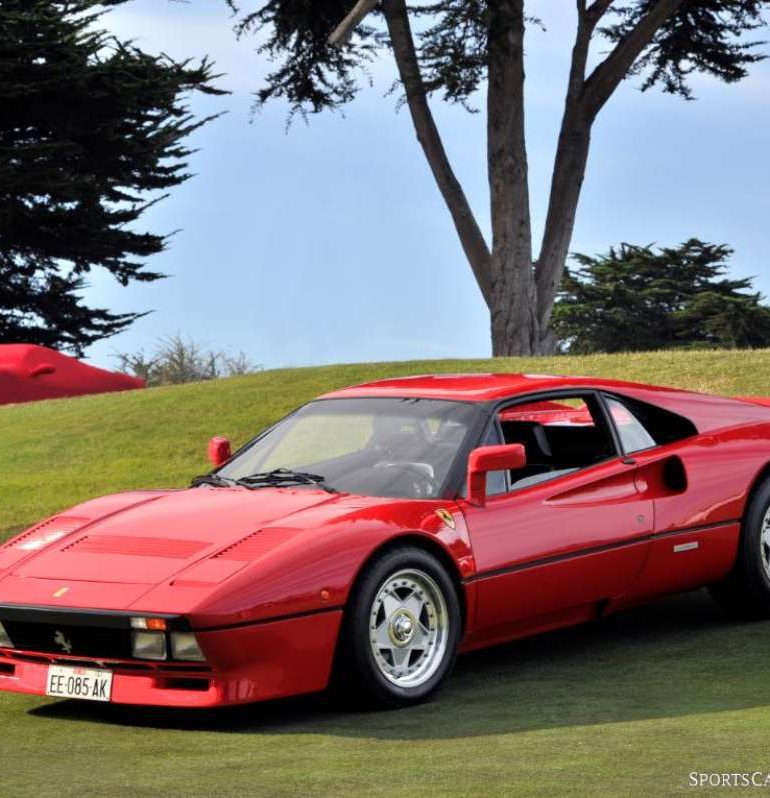In the Ferrari world, the GTO nameplate signifies a distinguished breed of Prancing Horses. Always built in limited numbers and for a special purpose, the GTO cars don’t just wear a badge, but proudly display it as a manifestation of honor. In fact, before the Ferrari 288 GTO, just one more car carried the Gran Turismo Omologato name. It was the Ferrari 250 GTO, the most prominent racing Ferrari of the 1960s, and the most valuable collector car in the world.
Just like its progenitor, the Ferrari 288 GTO was built with the goal to race, alas it never made its way to the tracks. Still, it is a quintessential 1980s Cavallino and one of the greatest, most important cars in Ferrari’s stable filled with purebloods.



